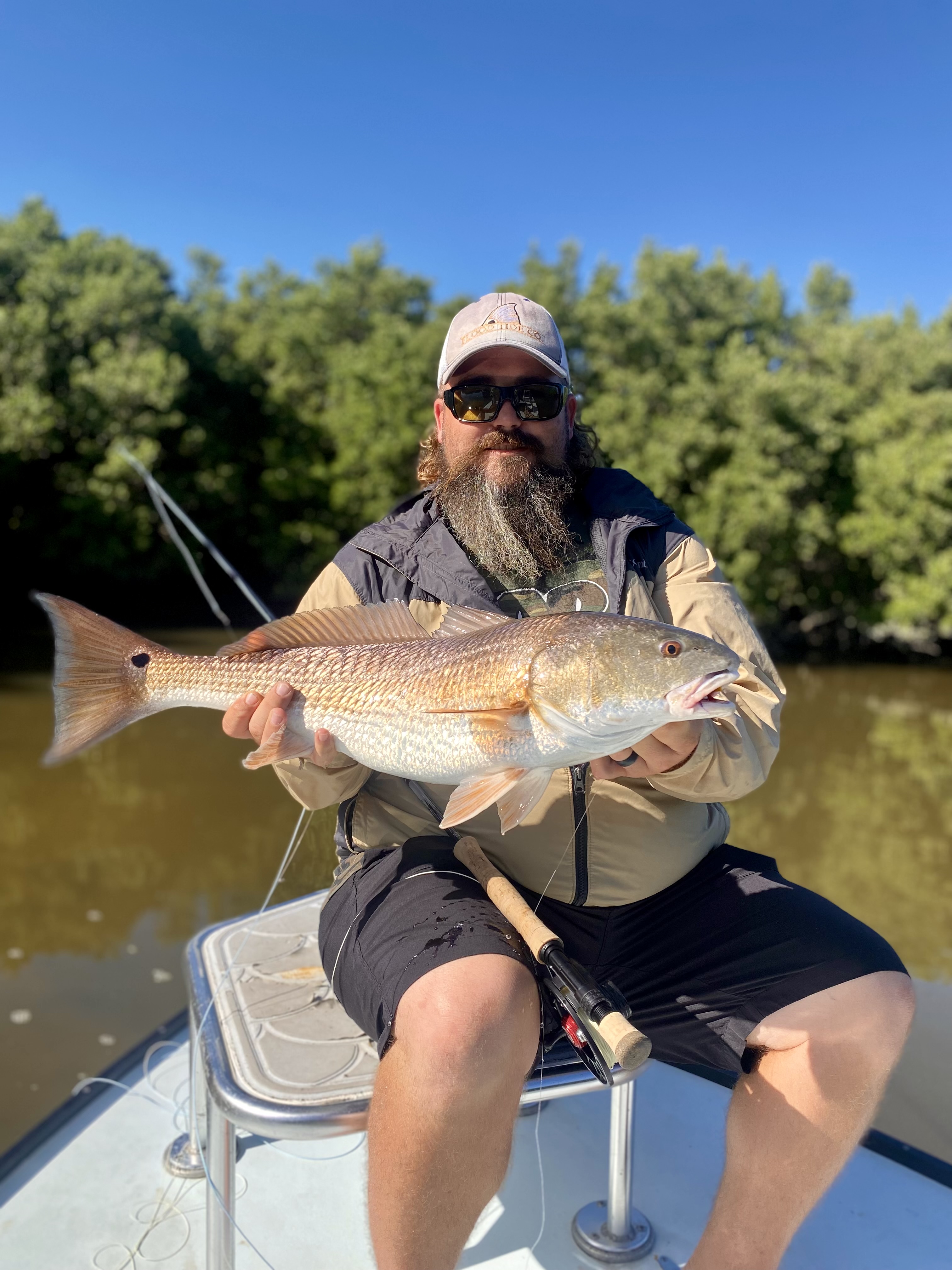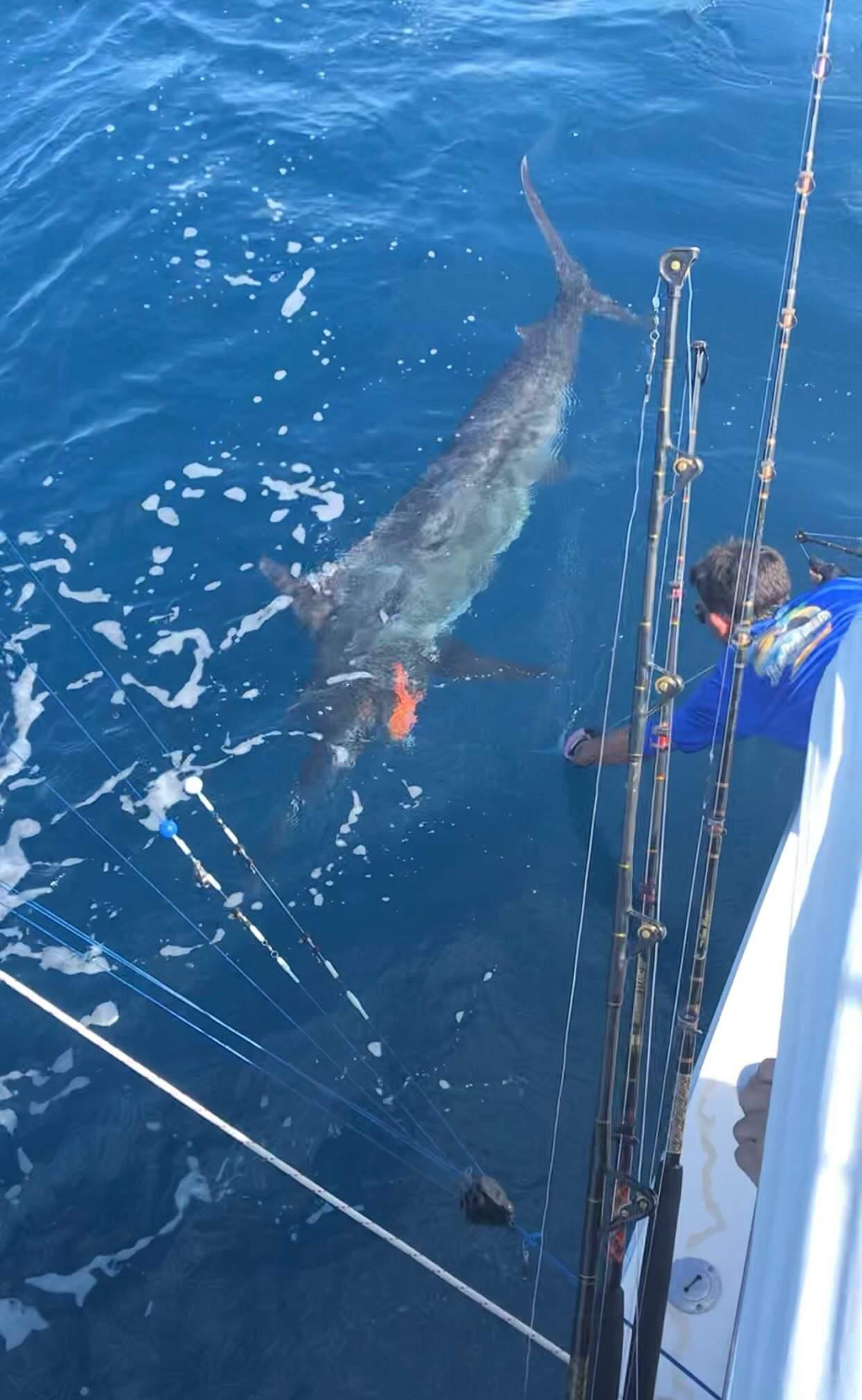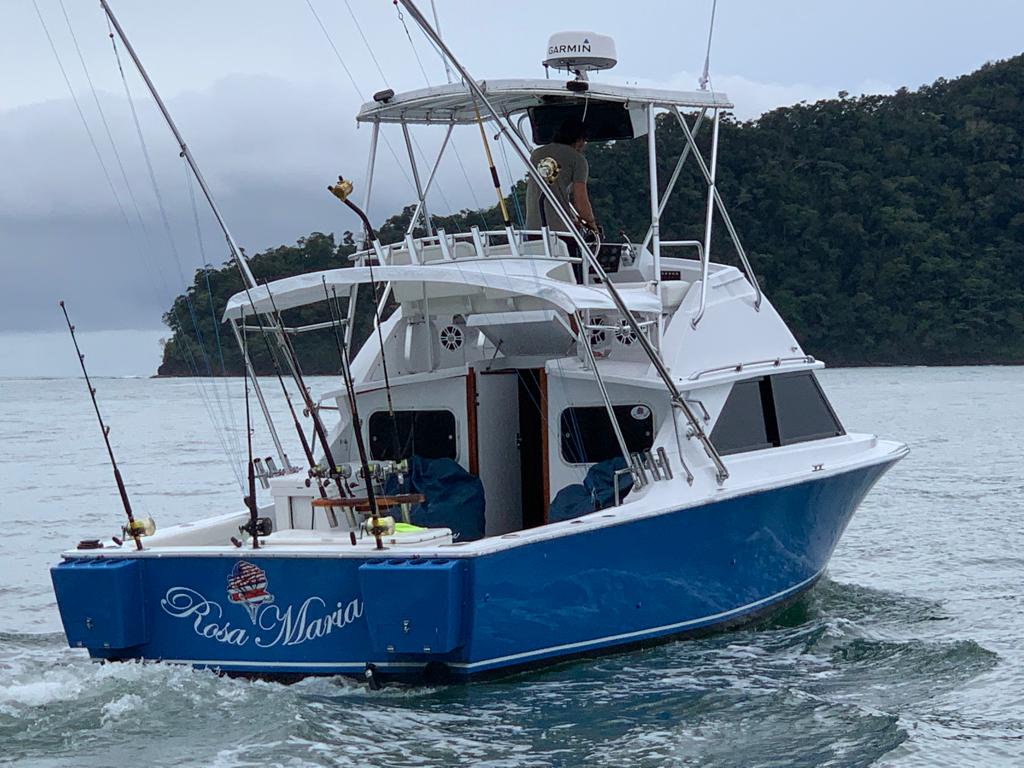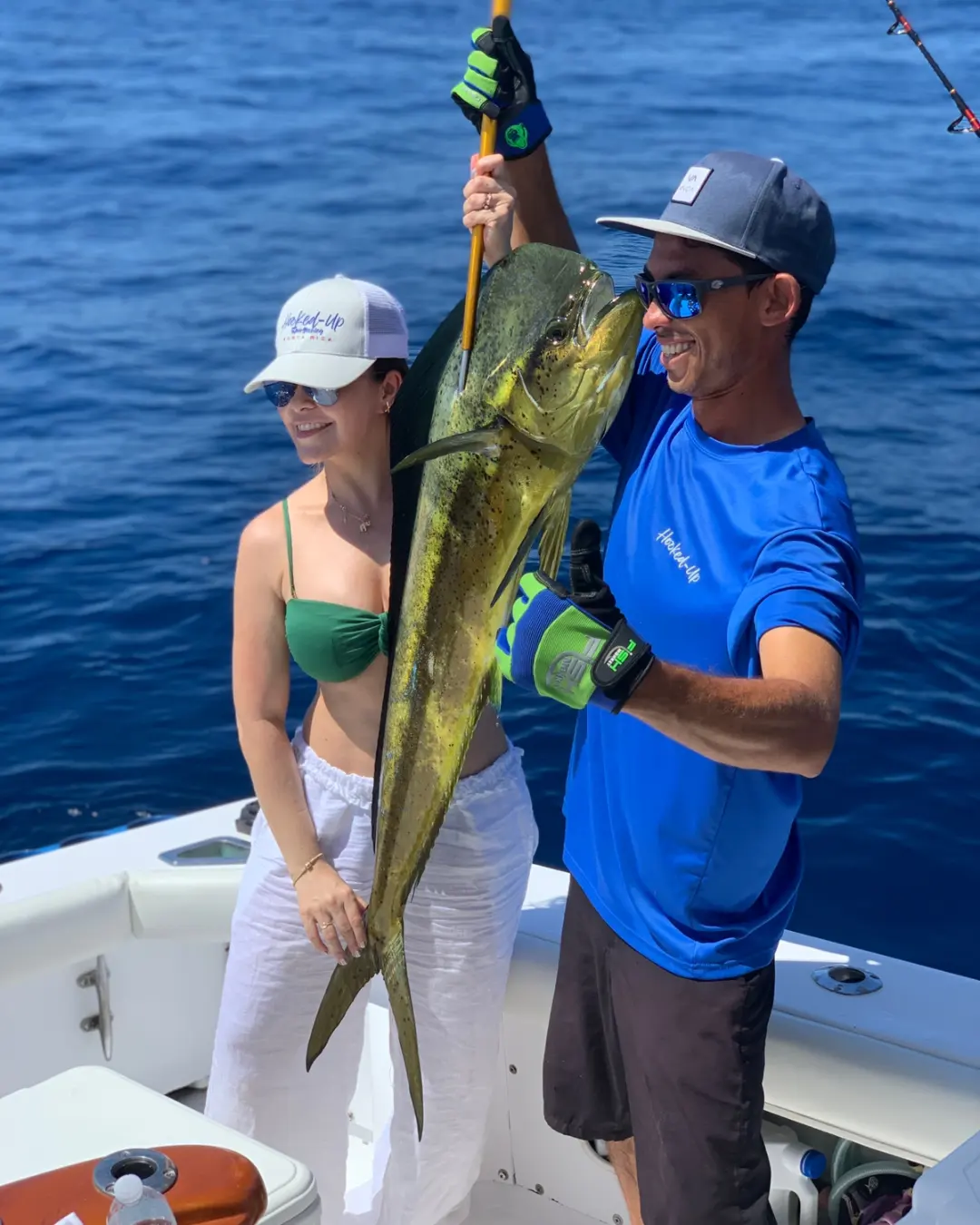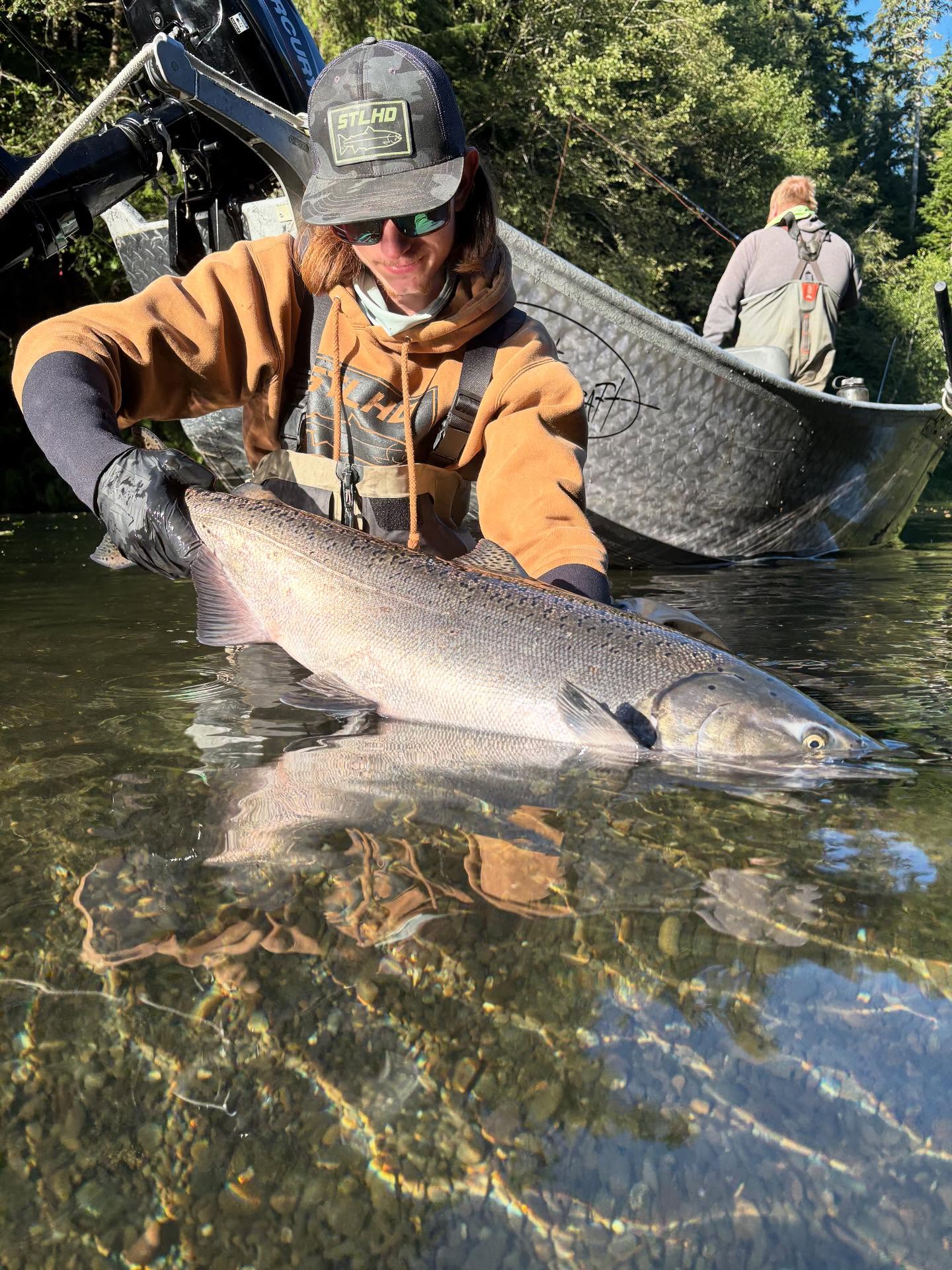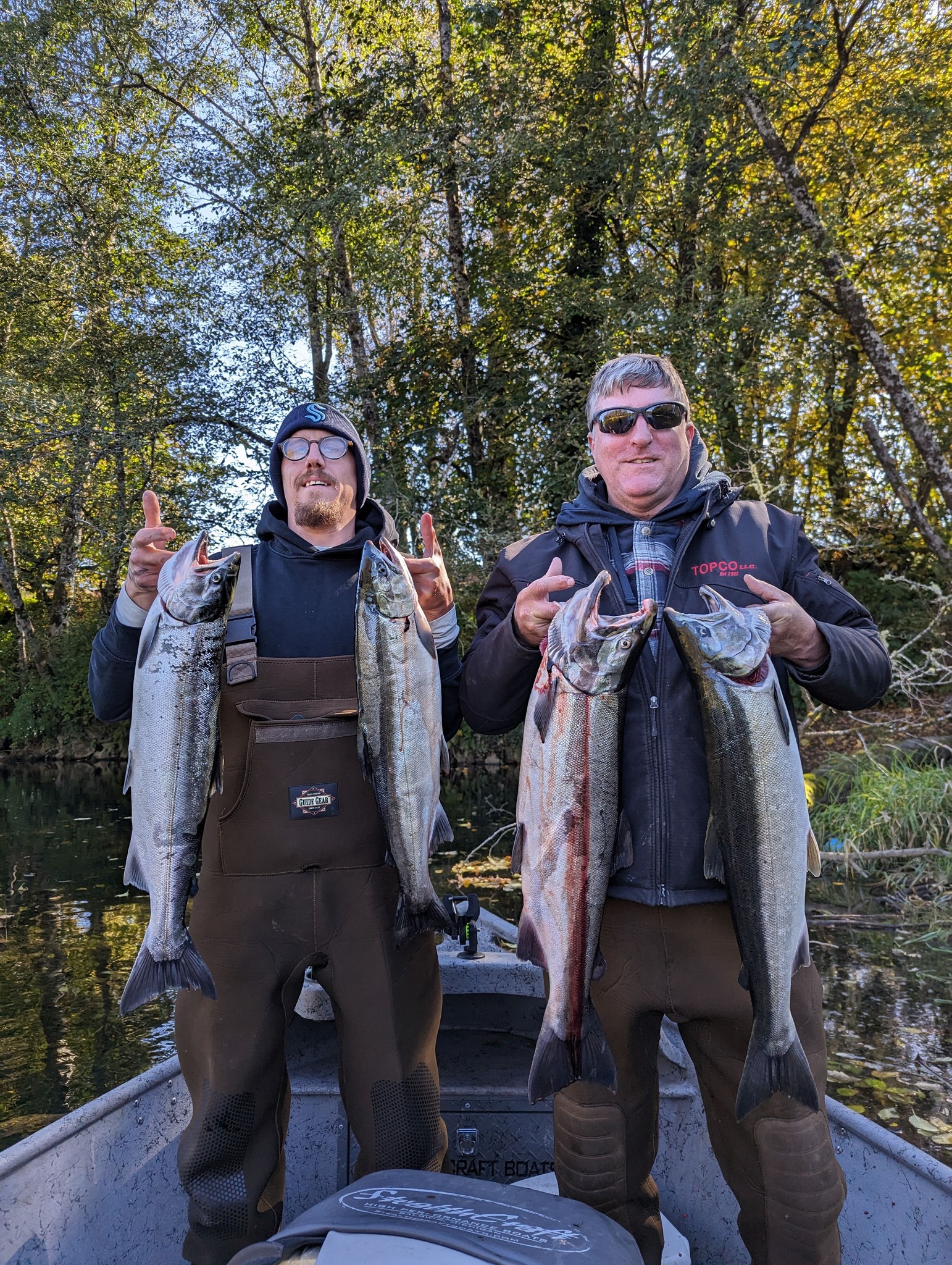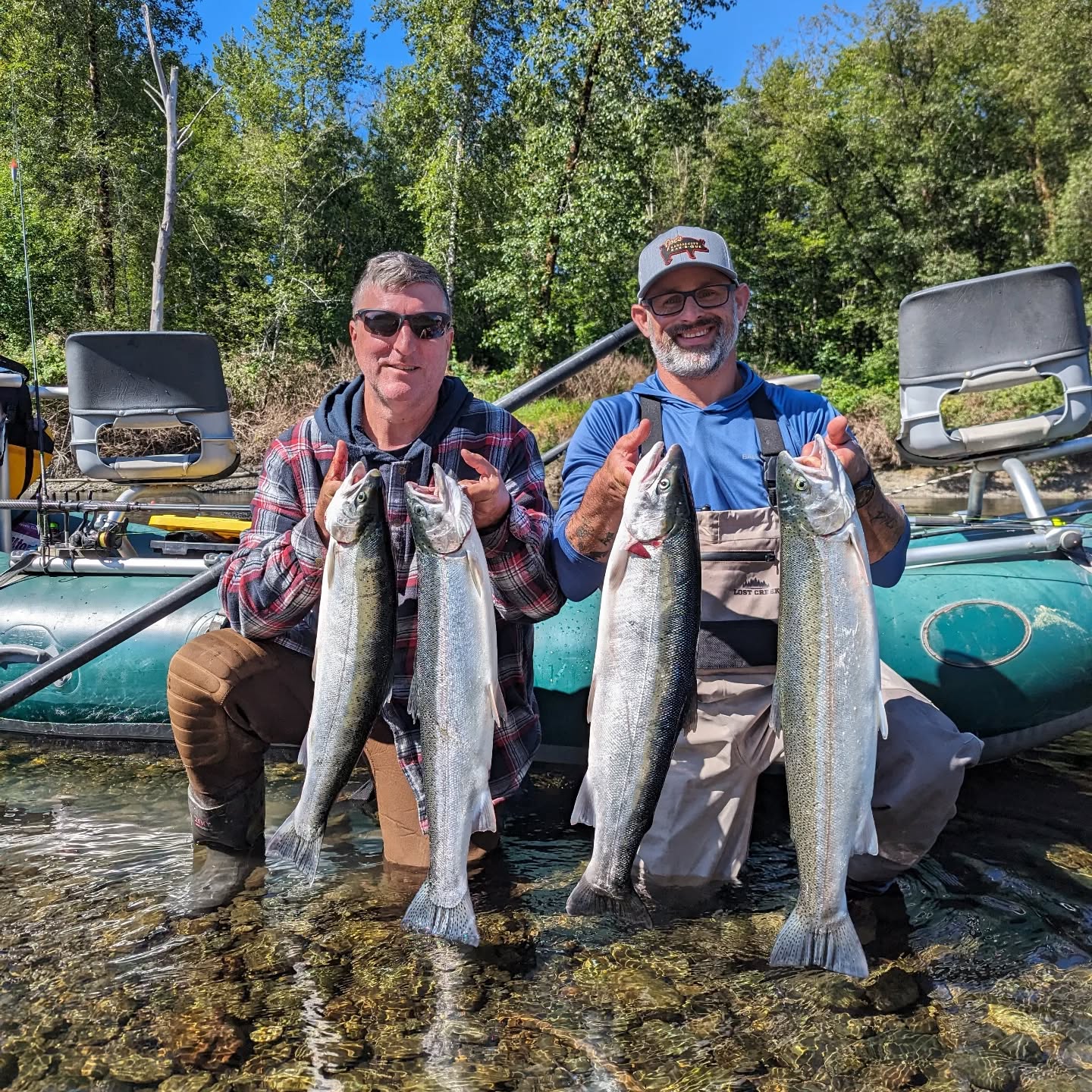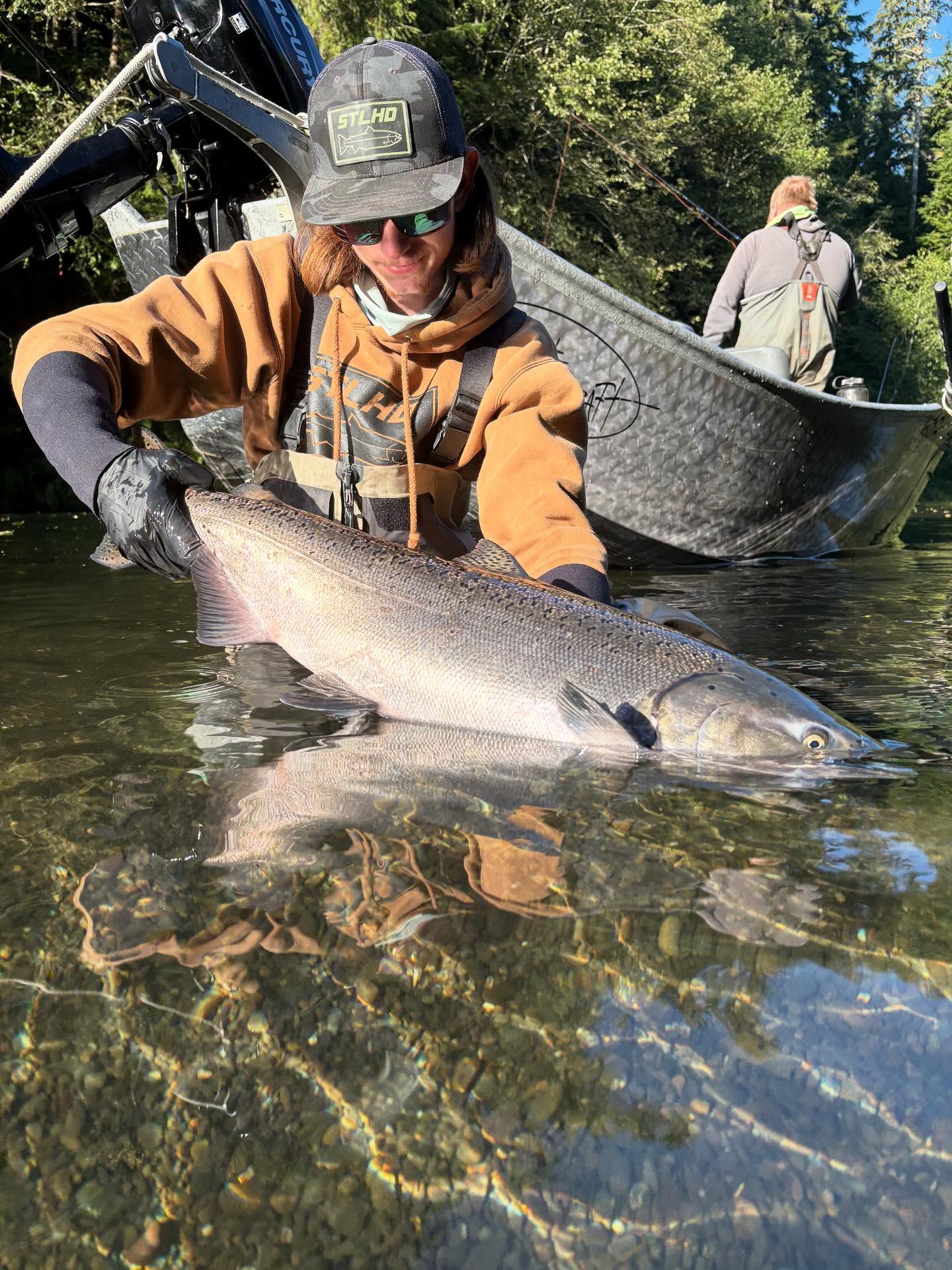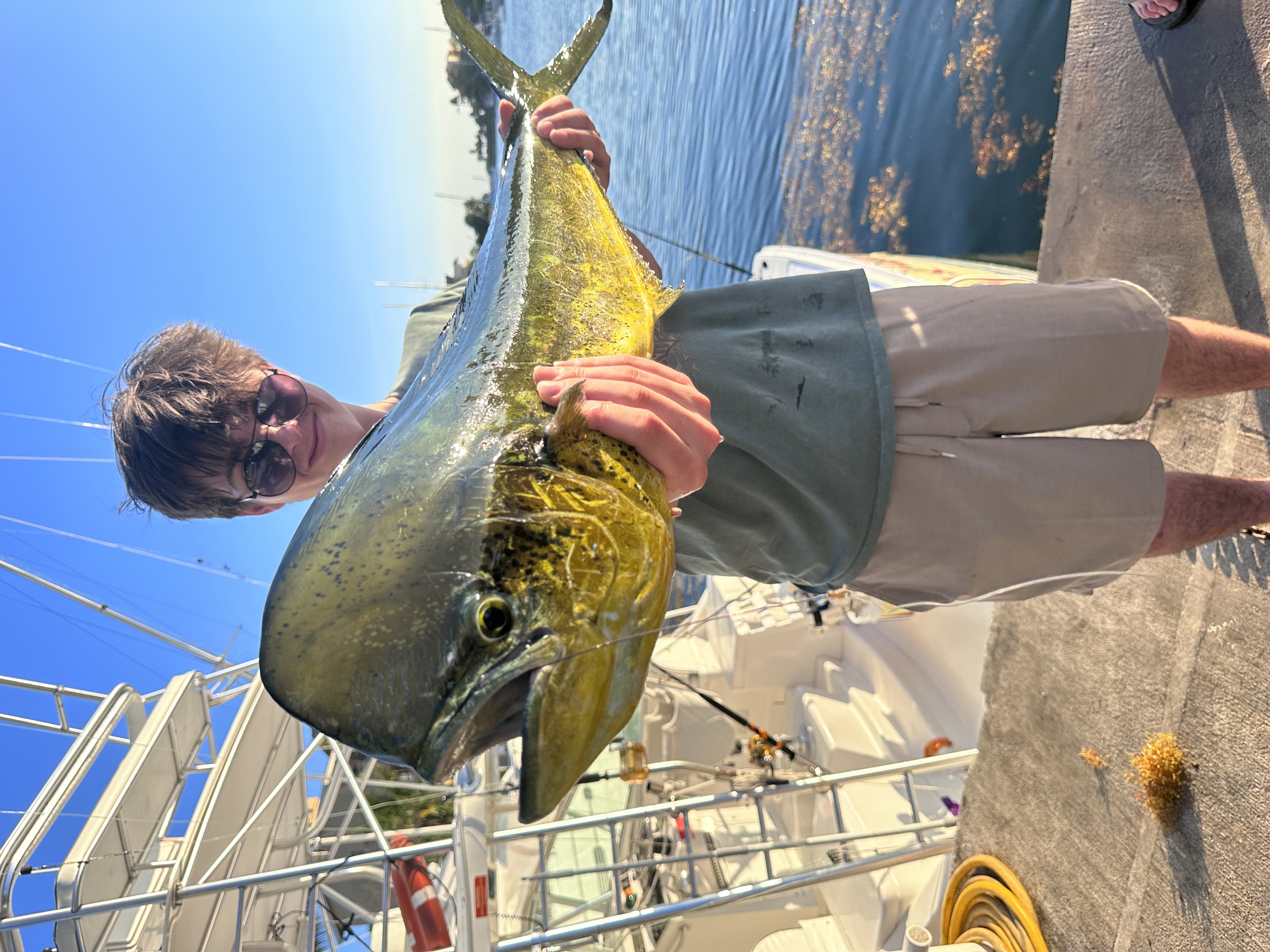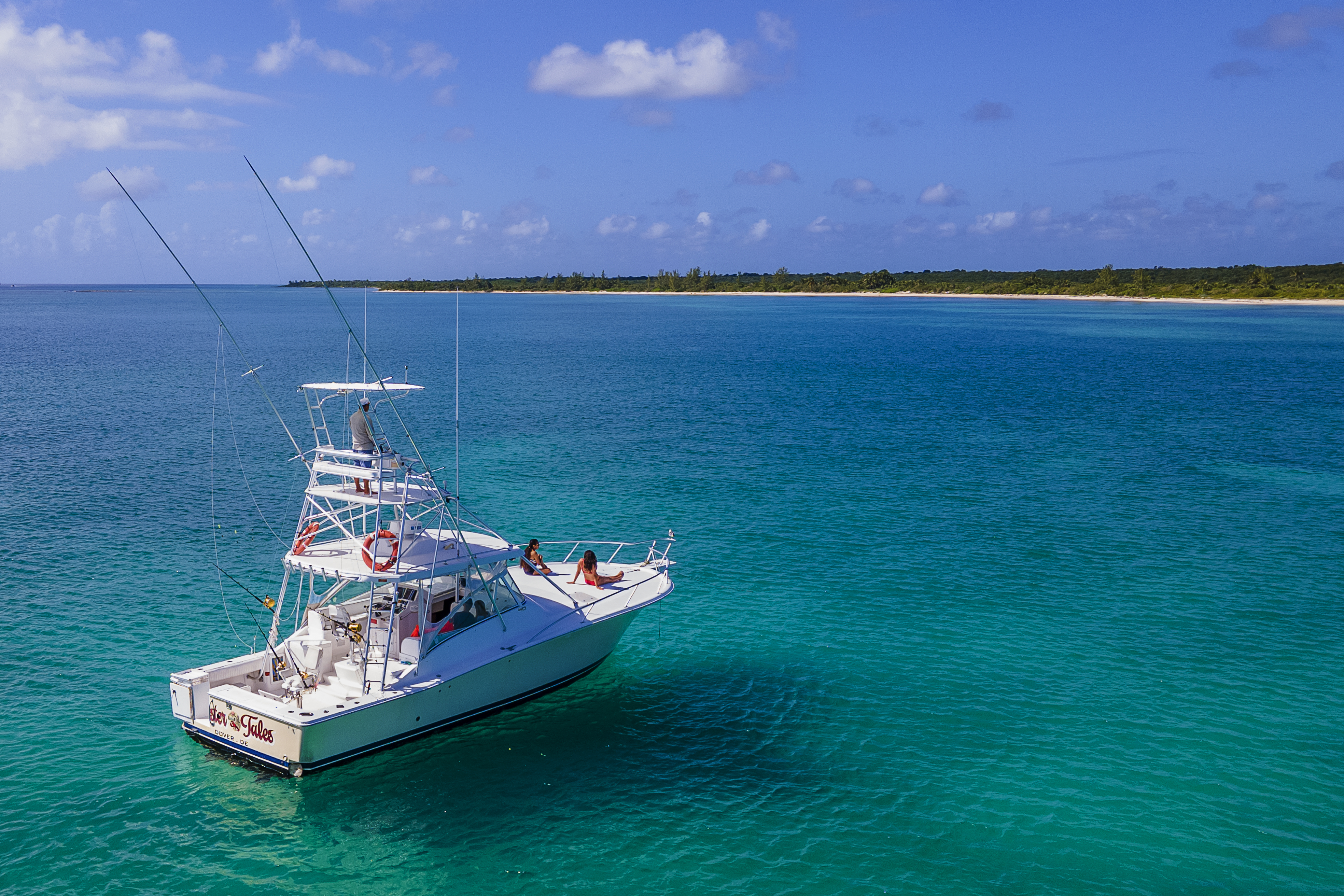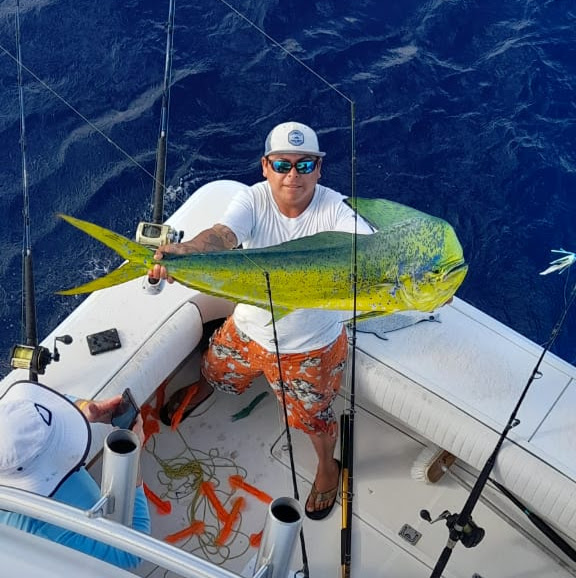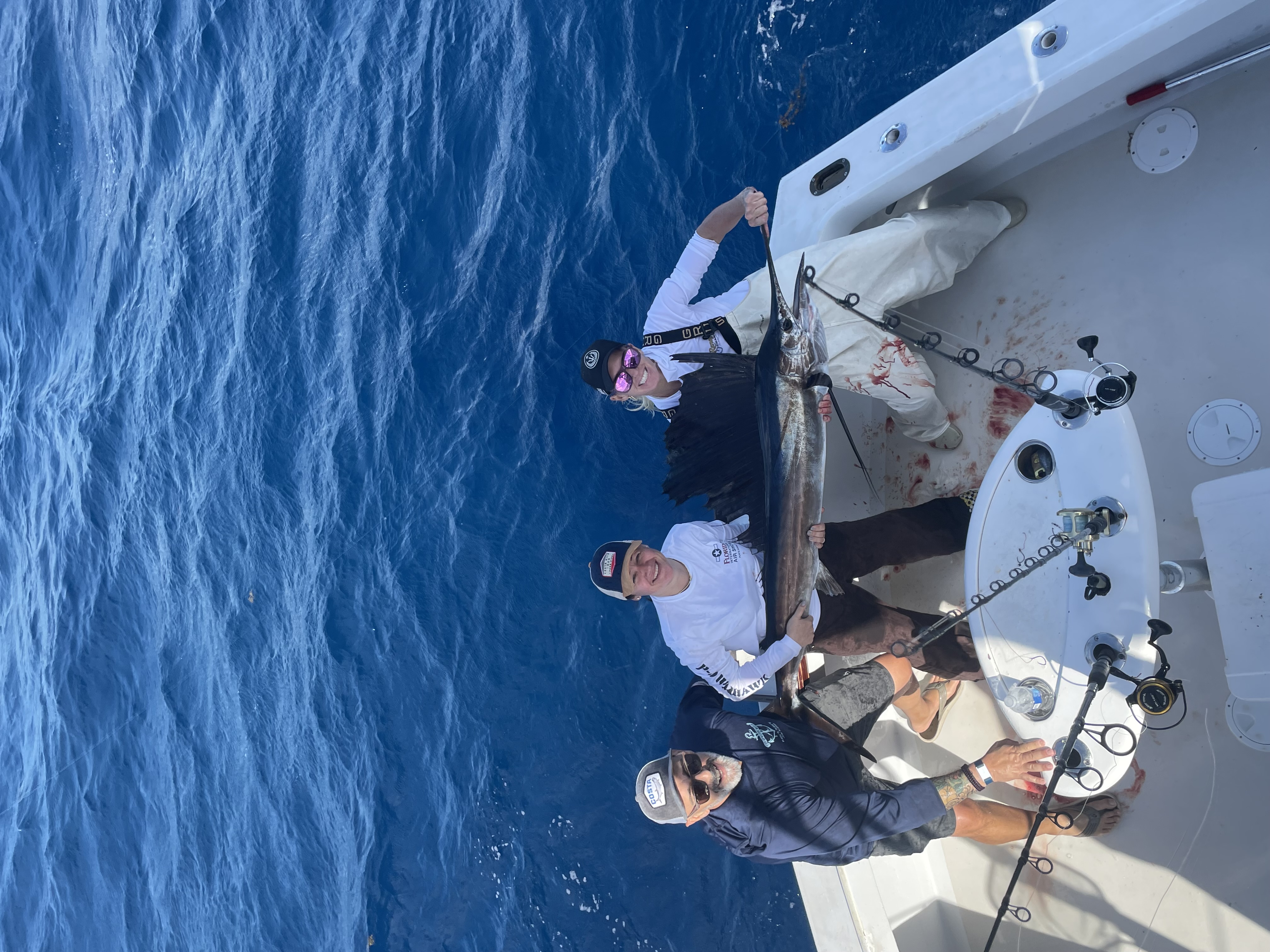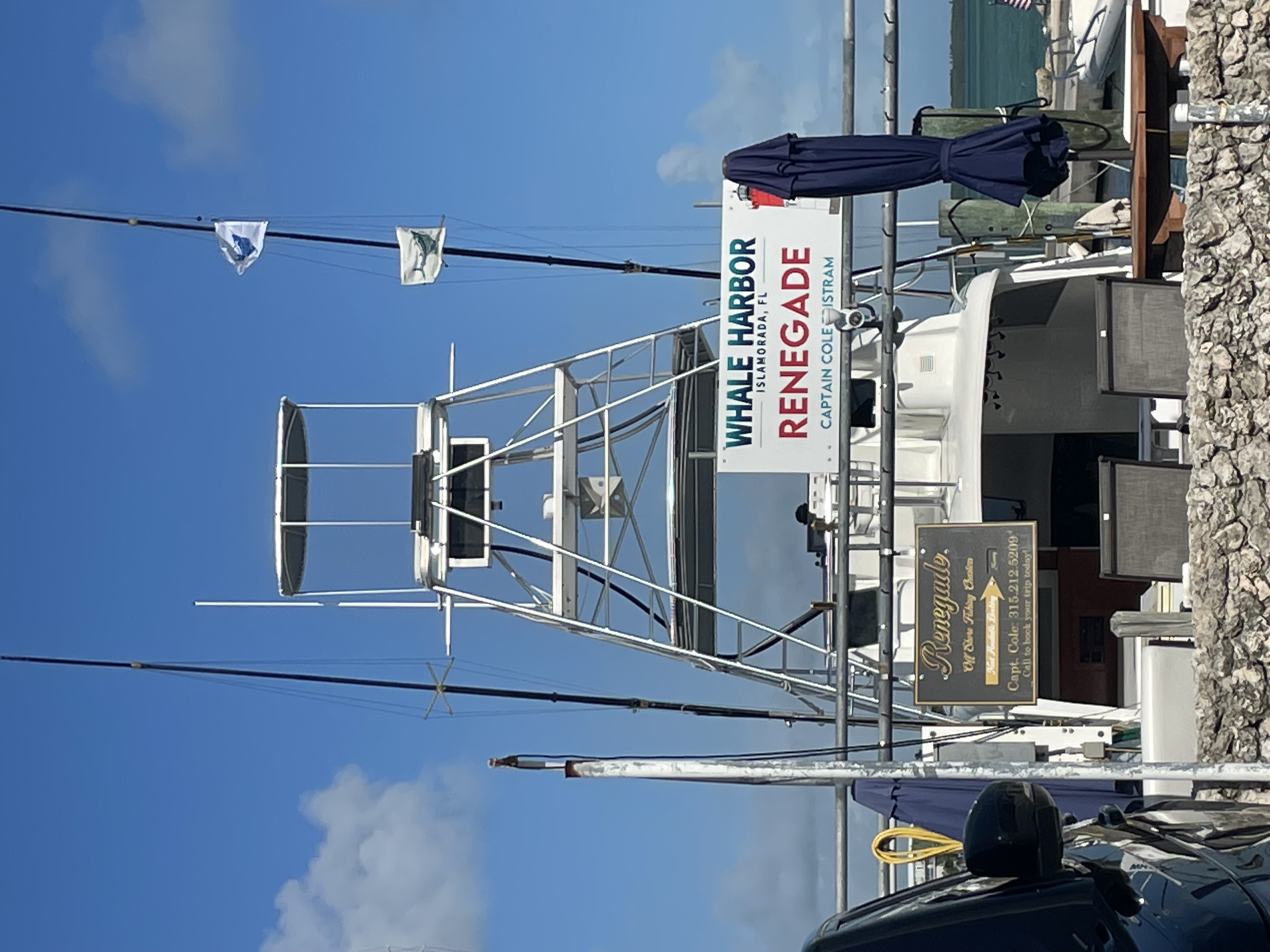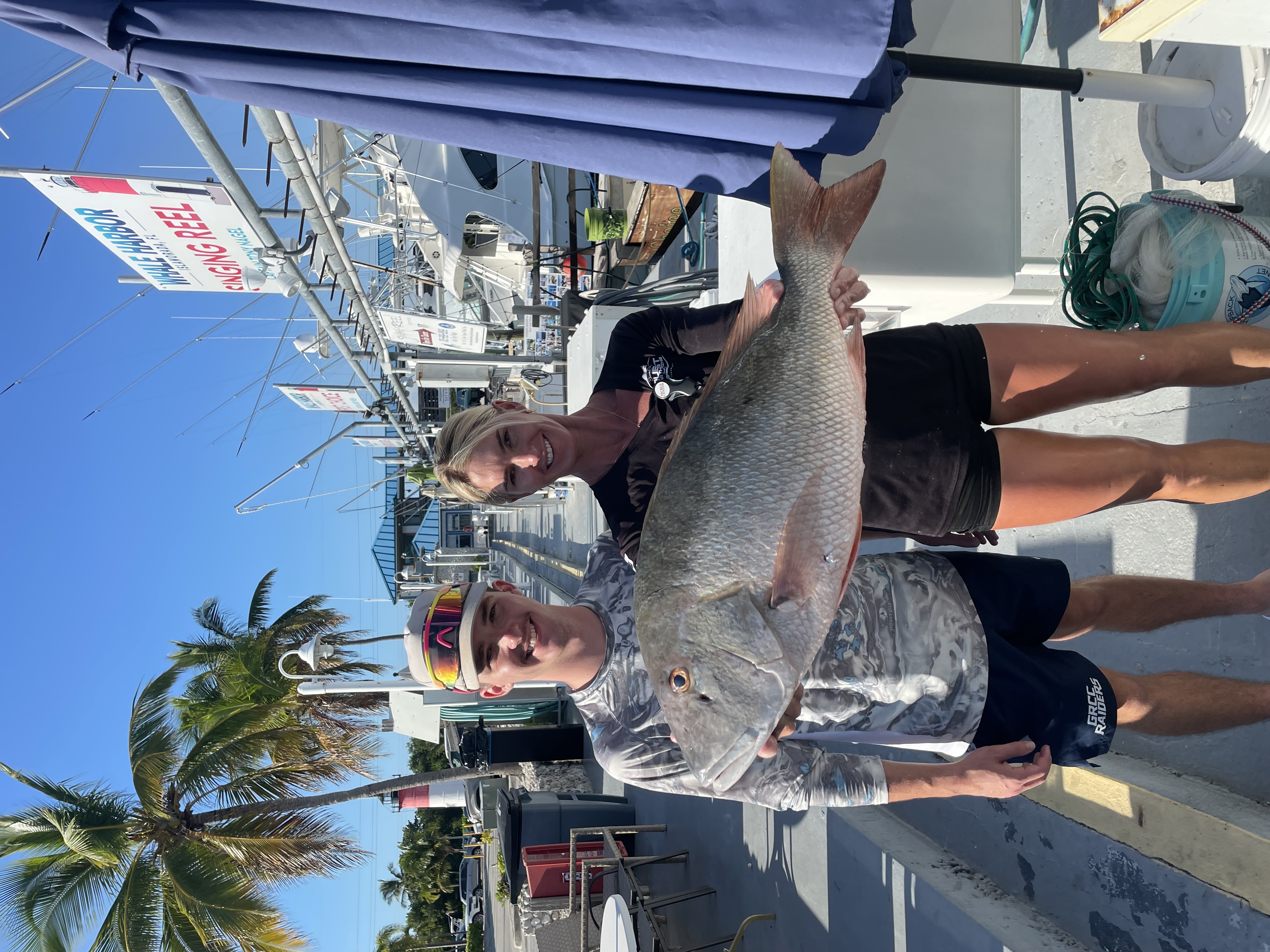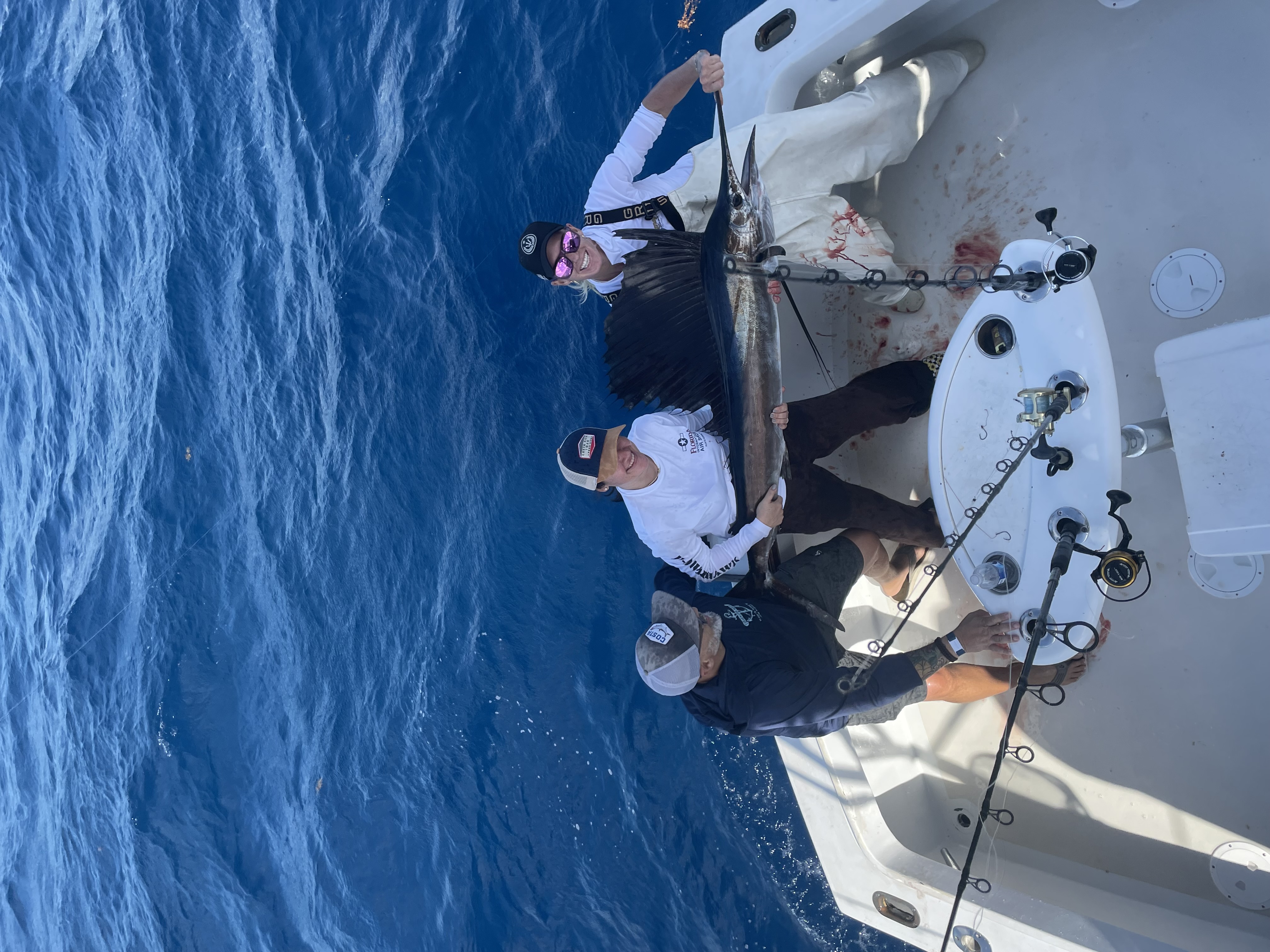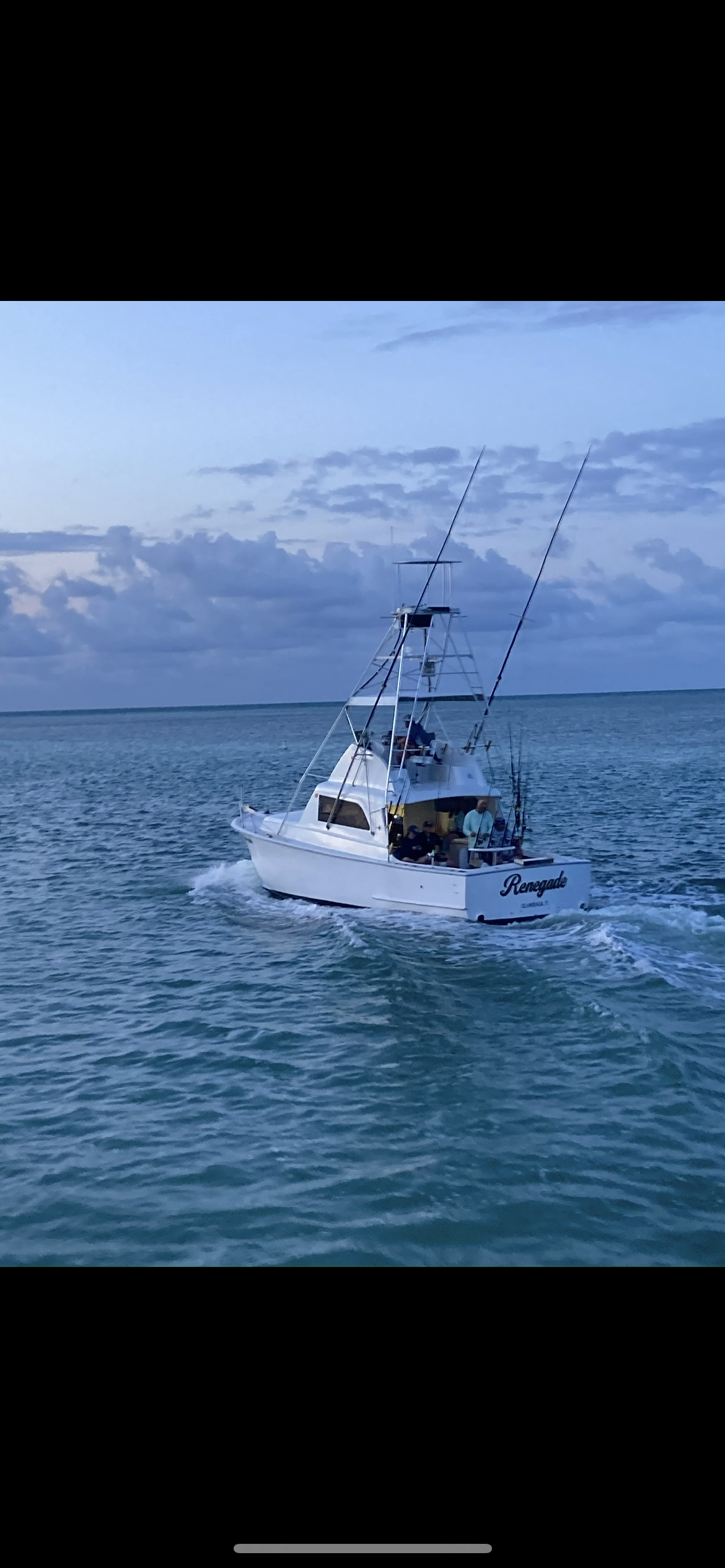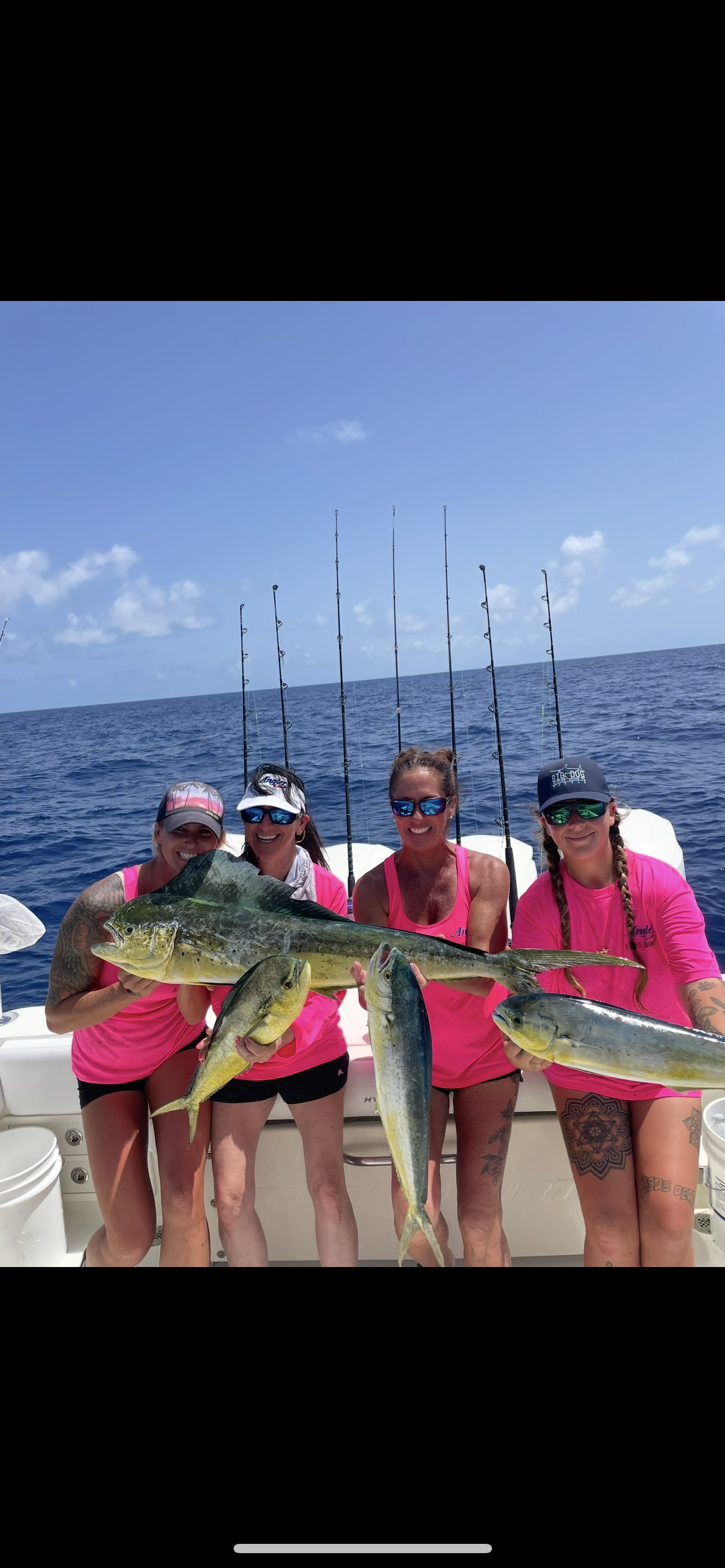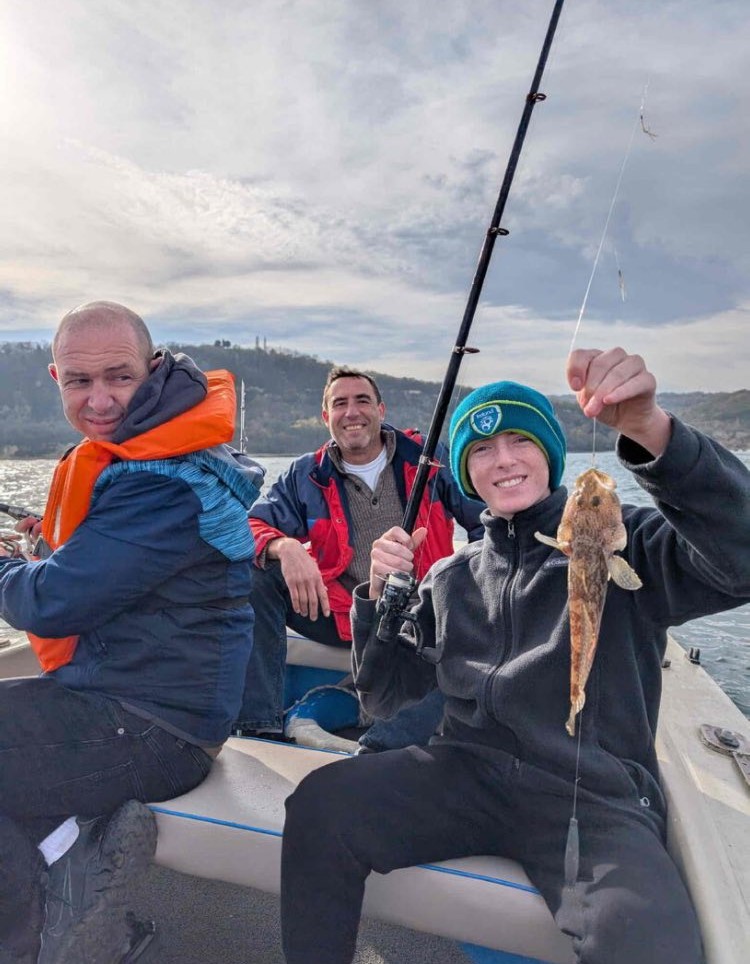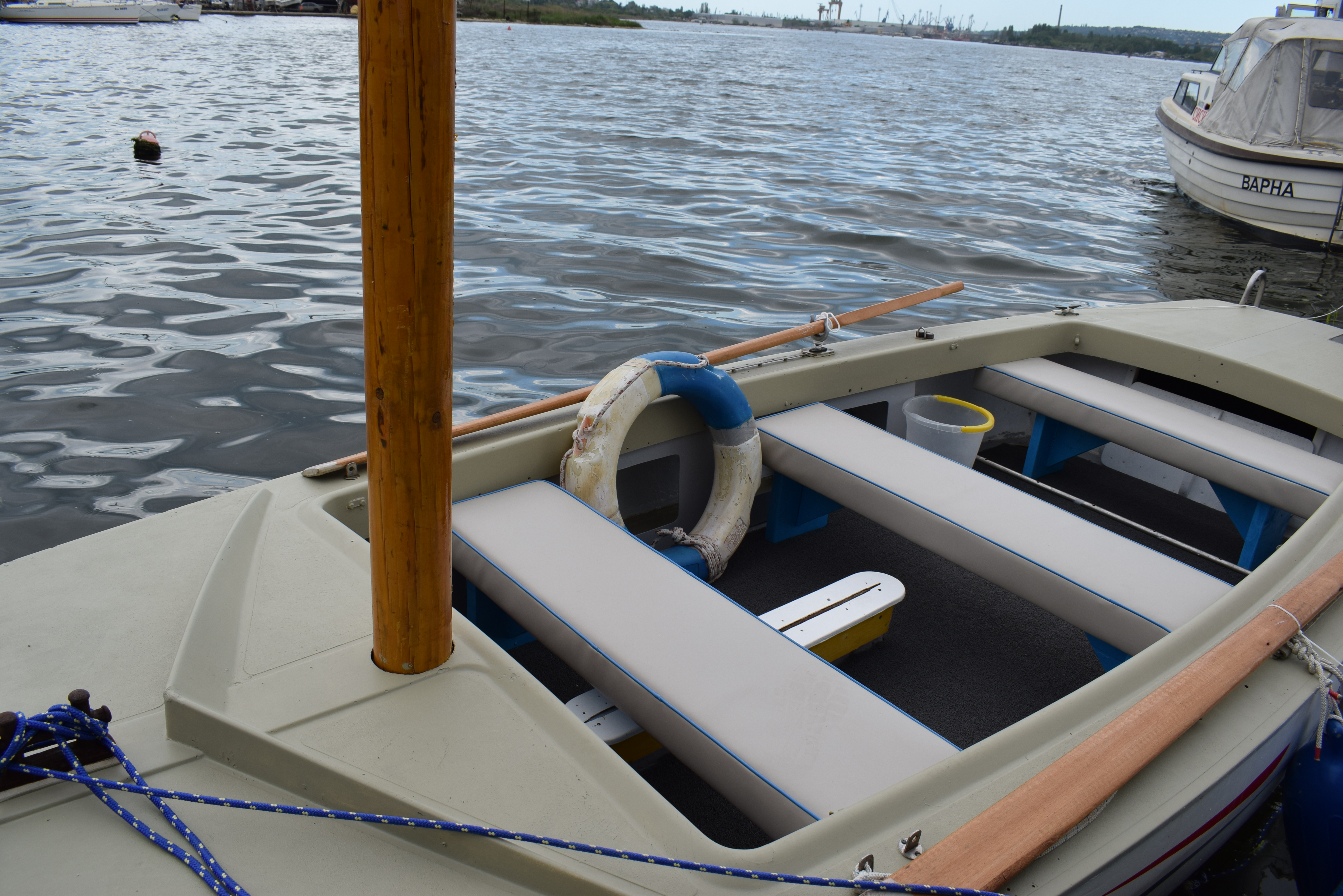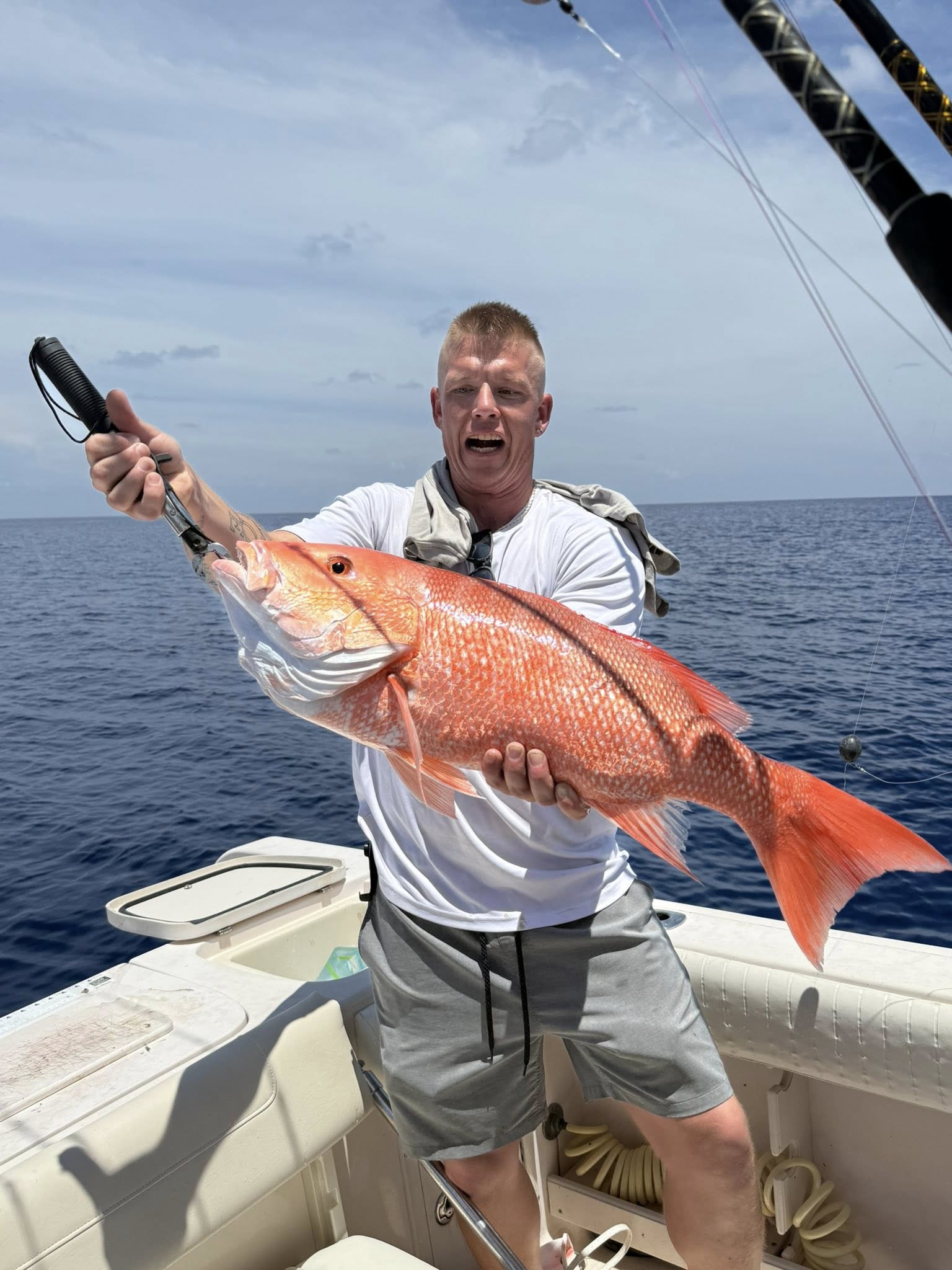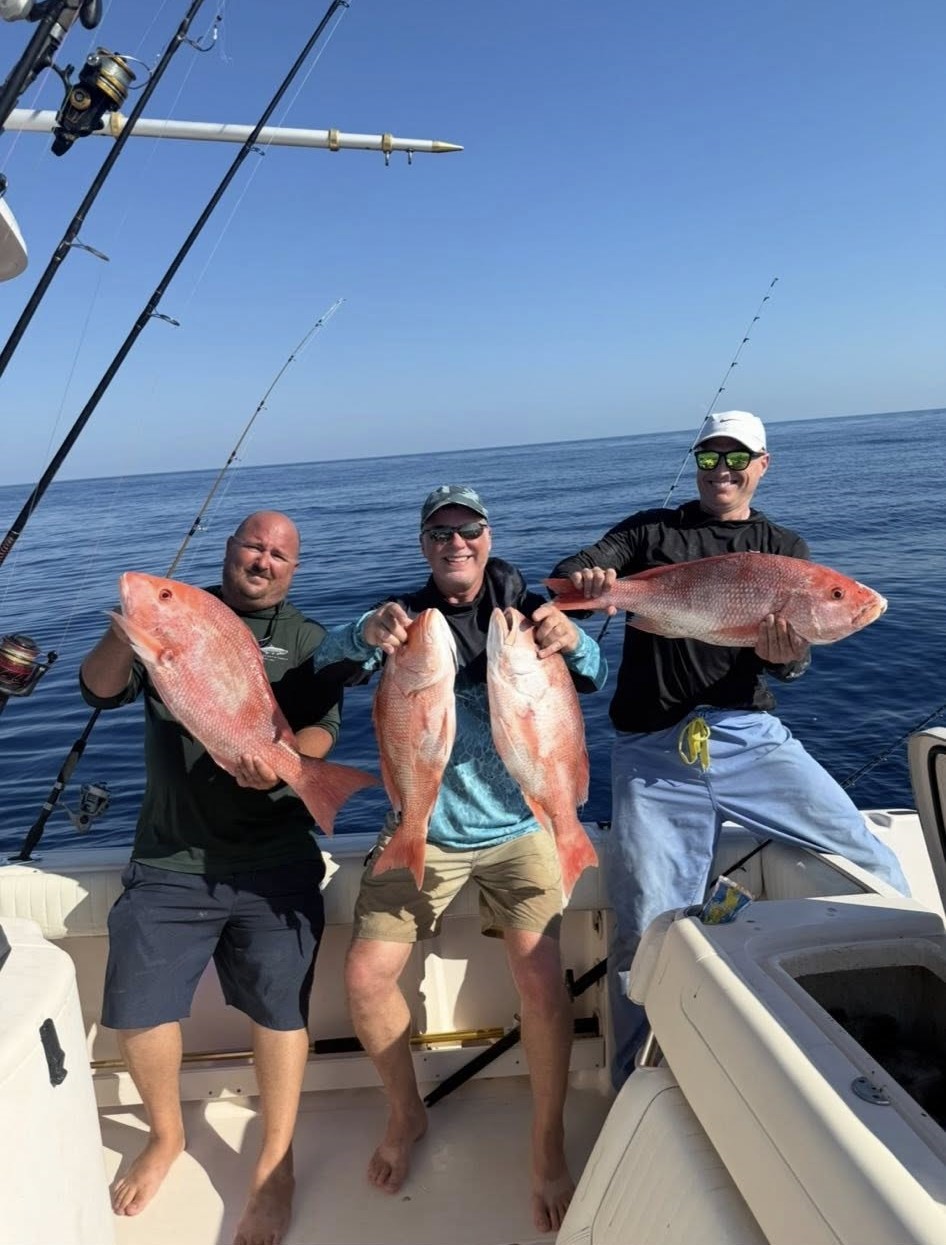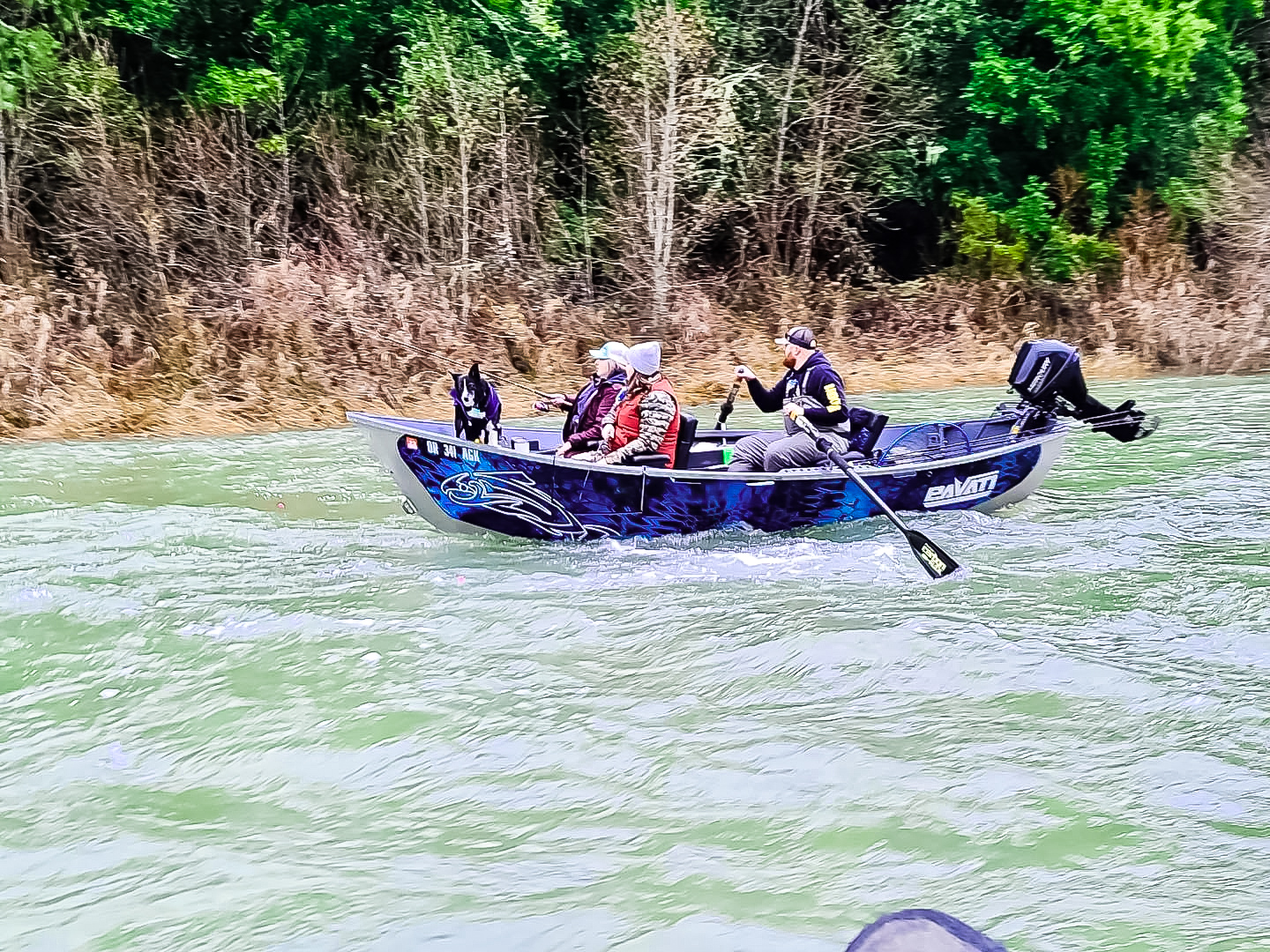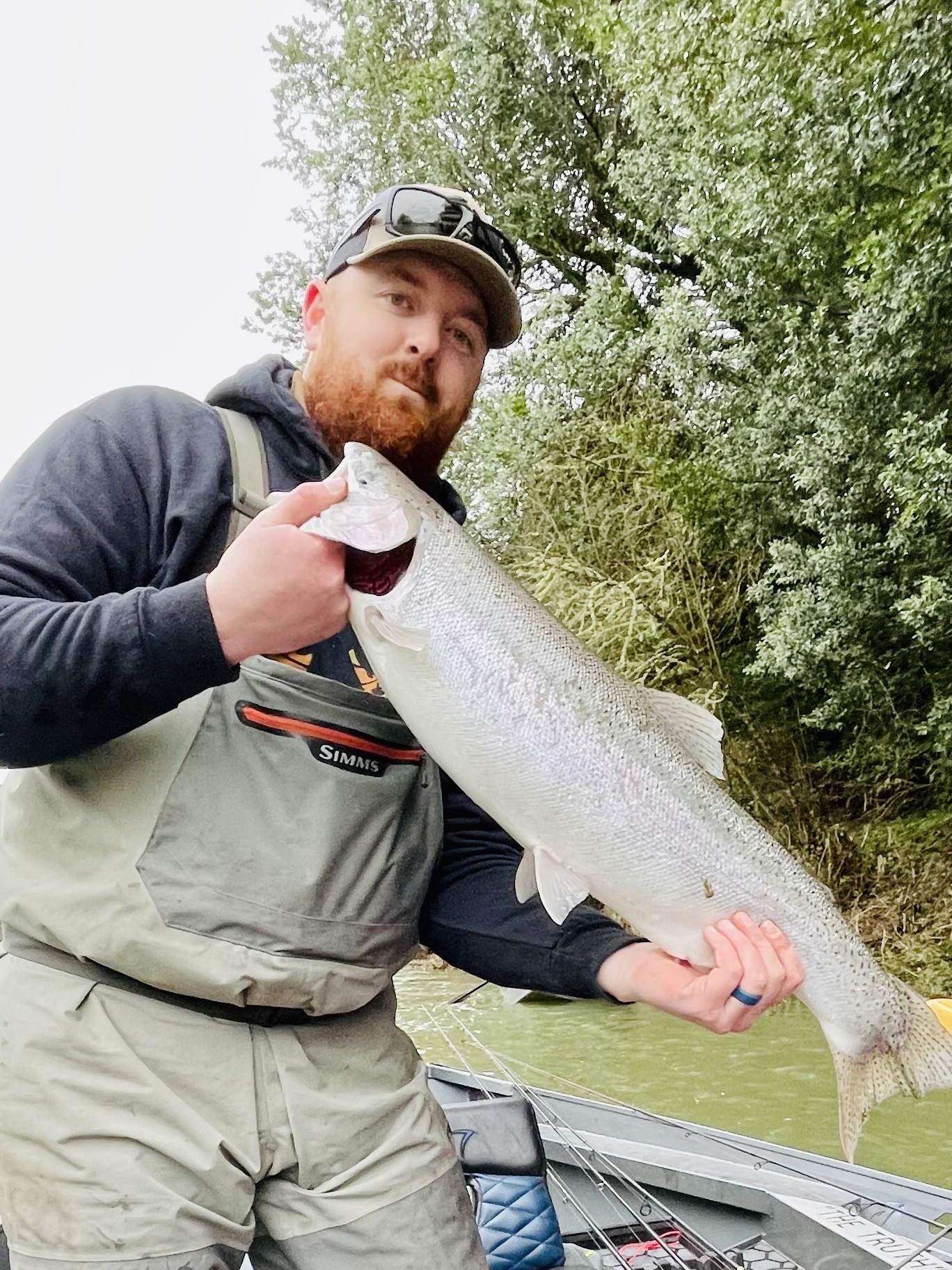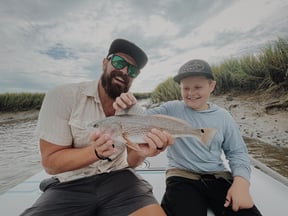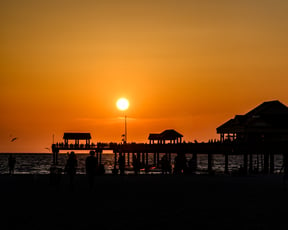Inshore, Flats Fishing in Pineland
Fly Fishing Pineland
Deep Sea Fishing in Playa Herradura
Full Day Offshore
Salmon Fishing Trip
Steelhead Fishing Trip
Deep Sea, Nearshore Fishing in Puerto Aventuras
Fishing Charter, Puerto Aventuras
Deep Sea, Nearshore Fishing in Islamorada
4 Hour Half Day
Deep Sea, Nearshore Fishing in Islamorada
6 Hour 3/4 Day
Black Sea Trips
Deep Sea, Nearshore Fishing in Sarasota
Red Snapper December Re-Open
Winter Steelhead
We started Captain Experiences to make it easy to book fishing and hunting guides around the world. With over 2,000 Damn Good Guides, our platform makes finding and booking a trip seamless. Head here to check out our trips.
What is Captain Experiences?
We’re on a mission to Unlock the Outdoors for everyone. With thousands of Damn Good Guides across the US and beyond, our platform makes booking quality, vetted guides quick and easy.
Check out our tripsBlue Marlin on the Big Island
True or false: Mount Everest is the tallest mountain in the world.
False.
Mount Everest takes the cake in terms of highest elevation above sea level, but if you’re looking for the tallest mountain peak to base, Mouna Kea of Hawaii’s Big Island wins by a landslide.
At over 10,000 meters (~32,800 feet) tall, Mouna Kea dwarfs tiny little Mount Everest at 8,849 meters (~29,032 feet). Bummer, Sir Edmond Hillary.
Mouna Kea
The sheer size of Mouna Kea can’t be understated. Placed anywhere in the world, the giant volcano, the tallest mountain in the world (peak to base), would blow you away.
But staged in the open ocean, with nothing around but the chain of Hawaiian Islands, Mouna Kea truly looms larger than life:
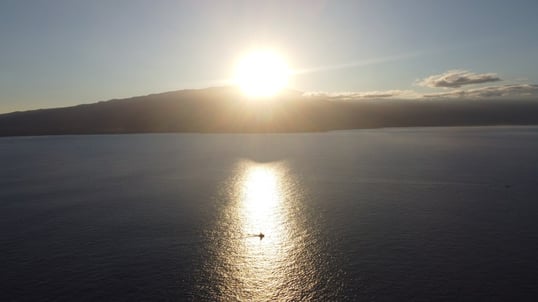
Big Island sunrise over Mouna Kea.
Hawai’i vs Hawaii
The Island of Hawai’i, aka The Big Island, boasts two giant volcanoes, Mouna Kea to the north and Mouna Loa to the south.
Not to be confused with the chain of islands, collectively “Hawaii”, the Big Island of Hawai’i is actually the namesake after which the entire archipelago is named.
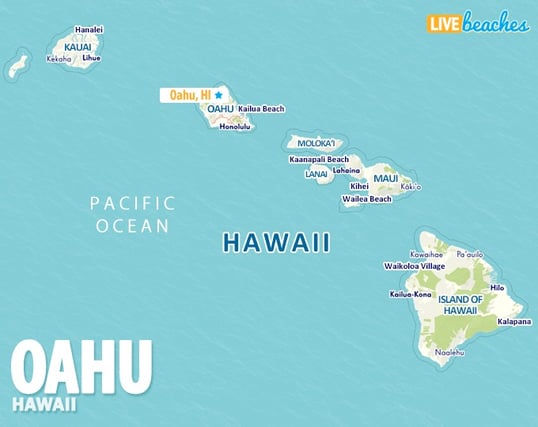
Map of Hawaii (source: livebeaches.com)
Mouna Kea and Mouna Loa: Big Island Volcanoes
While Mouna Kea was last active 6,000 to 4,000 years ago, her younger neighbor to the south, Mouna Loa, remains active, last erupted in 1984, is bound to erupt again, and is the largest volcano in the world by both mass and volume.
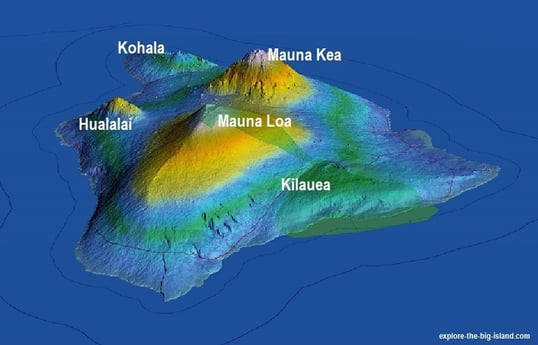
Big Island Volcanoes, view from the South (source: explore-the-big-island.com)
That being said, both Mouna Kea and Mouna Loa are open to visitors.
Since Mouna Kea is inactive, peaks above the cloudline, and is far removed from mainland light pollution, the Mouna Kea Observatories provide some of the best astronomy and stargazing experiences in the world.
For a more up-close volcanic adventure, Hawaiʻi Volcanoes National Park is open to the public, and visitors can expect to walk right up to brand new earth born in front of their eyes. For especially spectacular views, hop in a Big Island Helicopter tour:
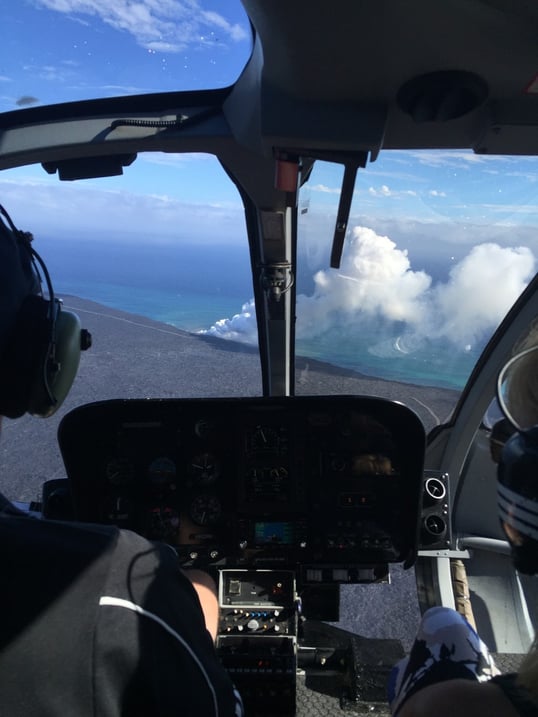
View from the sky as Mouna Loa lava meets the Pacific Ocean, creating new land in real-time.
Big Island Fishing
While the Big Island offers plenty of adventure on land, our main concern here is fishing Hawai’i.
As the prevailing winds blow across the island from the east, Mouna Kea and Mouna Loa shield the western side of the island, creating a safe haven of calm winds and relatively calm seas. For this reason, most Hawai’i fishing charters run out of Kona on the island’s west side.
This backdrop sets up near perfect conditions on the water for chasing prime sportfishing species like Blue Marlin, Striped Marlin, Wahoo, Mahi Mahi (Dolphin), Tuna, and much more.
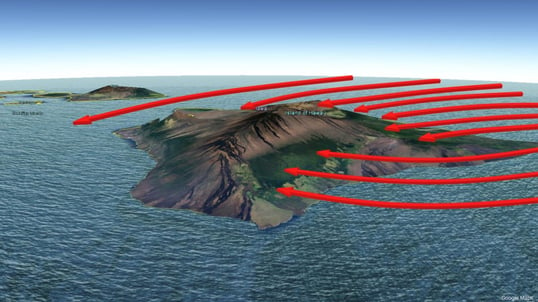
The prevailing winds on the Big Island run east-to-west, colliding with Mouna Kea and Mouna Loa (source: CNN)
Blue Marlin Fishing out of Kona
While Mouna Kea’s peak at 13,800 feet above sea level stops the wind in its tracks, Mouna Kea’s 19,000 feet below sea level provide the one-two punch for this world-class fishery.
On our blue marlin trip with Captain Shawn, we pulled up at the marina, parked the rental car, jumped aboard Captain Shawn’s 40’ Buddy Davis, and were fishing for Blue Marlin in thousands of feet of open ocean in less than half an hour.
No BS, deep sea fishing Hawaii happens right off the porch. Captain Shawn lives right up the road and says he can be on the troll for marlin within 30 minutes door-to-fish.
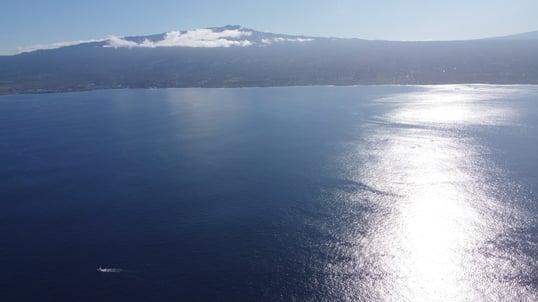
Big Island looming large.
This was my family and my first time fishing for Blue Marlin. We cracked open some Kona Big Wave breakfast beers to celebrate with a breathtaking Mouna Kea sunrise wishing us luck.
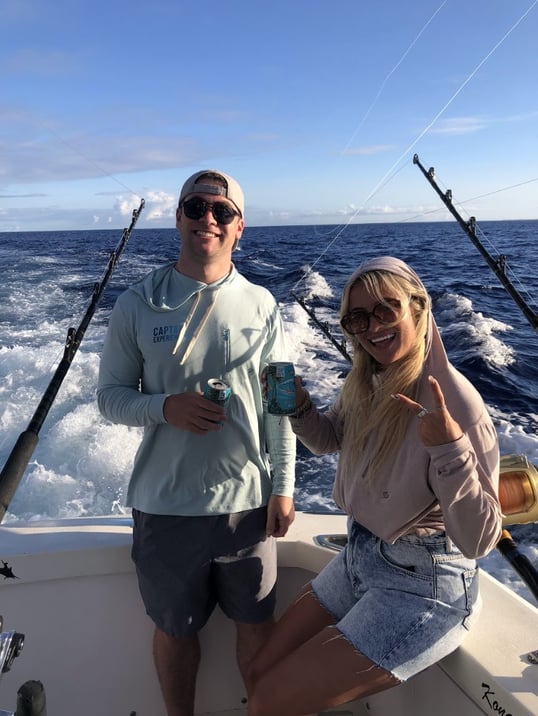
Breakfast beers are undefeated.
Kai, Captain Shawn’s first mate and an avid fisherman who’s fished the Big Island his whole life, gave us a full rundown on how to fight Pacific Blue Marlin:
Strap into the fighting chair, plant your feet firmly, lean towards the fish keeping the line taut. Bear back into the chair using your legs and back, and then methodically ease up leaning back into the fish as you crank in line as fast as you can.
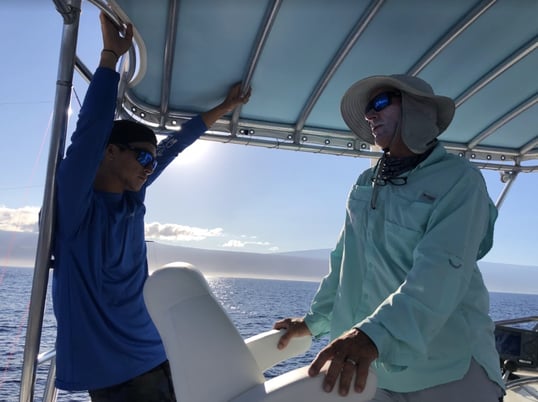
The Dream Team, Kai (left) and Captain Shawn (right).
If you’re wondering how big Blue Marlin get, these waters are the home of the World Record Pacific Blue Marlin, which hit the scales at 1,376 pounds. No matter who you are, you’re not gonna overpower these beasts, so above all else, the number one rule is: if the fish makes a run, let her run!
When is the best time to go Blue Marlin fishing in Hawaii?
Pacific Blue Marlin can be caught here year-round, with June through August being prime time. Blue Marlin are constantly on the move, patrolling these waters for baitfish, so there’s no better or worse time of day to get tight.
The Early Morning Bite
That being said, we saw some early action. Our first bite came a ways back in the spread on the starboard side. Line screamed off the reel, and on cue, Captain Shawn yelled down from the flybridge, “That’s a nice fish!” In proper blue marlin captain speak, that means it’s probably a giant.
We came tight, strapped in for a fight, and minutes later the fish was off.
Nothing you can do. These billfish are especially tough to land, and their notoriety is what keeps anglers coming back to chase these fish of a lifetime.
Kai reeled in to re-bait the line and noticed the fish had snapped a hook rated to tackle the biggest and baddest. This fish was a true brute.
The Chase is On
We continued patrolling these wind-protected waters north to south, making wide, protracted turns at the end of each loop to continue fishing the most fertile grounds.
As we trolled, we passed giant pods of spinner dolphins and stayed on the ready.
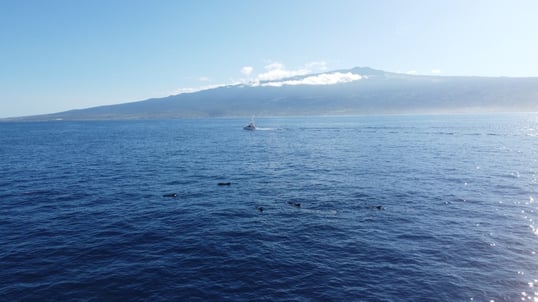
Pod of Spinner Dolphins just off the Big Island.
With the sun high in the sky, another line screamed from the port side.
Blue Marlin Round 2
My dad bolted out of the galley ready to wrestle in a big one. He strapped into the fighting chair, Kai passed off the rod and the fight was on.
The fish galloped away from the boat, breaching about 5 times in a mad dash to freedom.
Backing Down Billfish
Captain Shawn is a quick draw, and had us thrusted in reverse as sea foam crusted over the rails.
To me, this is the most exciting scene in sportfishing.
Any sportfishing boat equipped to chase billfish relies on throwing things in reverse to close the gap on these athletic runners.
Without moving in reverse to chase down billfish like Blue Marlin, you’d run the risk of getting spooled (the fish exhausting all the line on the reel).
Backing down a gamefish also helps to quicken the fight, increasing the chances of releasing fish to procreate and fight another day.
But ripping it in reverse comes with its own set of challenges—the captain, first mate, and angler must work in tandem to make sure the line stays tight, make sure the team is constantly gaining line, and make sure the fish (ideally) stays directly off the stern.
Keeping the fish directly off the stern allows the team to adjust to the fish as it runs laterally.
In a sportfisher, if the fish gets too far “upfield” towards the bow, the fish can break off by chafing the line against the boat and its outriggers.
Captain Shawn and Kai are pros, and minutes later, my dad’s Blue Marlin was putting on a show just feet from a captivated audience on the deck.
A Blue Marlin fluttering out of the water center stage is something I’ll never forget.
But just then, the fish made a mad dash back to the port-side, breached with a 360 pirouette, and broke us off.
But a leadered fish is a caught fish in the sportfishing world, and we were happy to see this 250 pound fish (by Captain Shawn’s conservative estimate) swim off strong.
Back on the Prowl
Needless to say, that fight had us super fired up.
We knew going into the trip that Blue Marlin fishing is never a numbers game.
A couple bites a day is par for the course when it comes to marlin fishing, even in one of the top Blue Marlin destinations in the world.
That being said, we’re a greedy bunch and were hoping for one more bite before heading back to Kona.
The beers were cold, sandwiches checked the hungry box, and we were on the hunt for one more with our fingers crossed. No one was about to cry uncle.
Big Island Fishing Stories
We trolled and trolled, replaying stories of the first two fish second by second. Captain Shawn shared stories of his early days fishing Florida, moving out to the Big Island with his wife some years back, and sharing some pretty awesome waterfall hikes for us to check out.
Kai kept us entertained with pictures from spearfishing the treacherous volcanic rocks for Wahoo or “uni” in Hawaiian, which means delicious.
The hours passed by way too quickly.
Say No More
Just as the mid-afternoon sun started taking its toll, I leaned over to my brother and said “All we need is one mo….”
SCCCCRRRRTTTTTT
Line starts absolutely ripping, flying off the reel faster than anything I’ve seen.
We all bounce into each other like pool balls on a nice break, and when the dust settles, my brother’s strapped into the fighting chair, Kai’s on the line, Captain Shawn’s whipped us into reverse, and the rest of us are loaded up with phones, GoPros, and the drone.
Giant Blue Marlin
Captain Shawn: “nice fish.”
The fish is just ripping line. It’s minutes before we see the fish and then, BOOM, it breaches like a humpback whale halfway to the horizon.
The excitement is through the roof. Captain Shawn, Kai, and my brother are working in sync like a perfect rowing team while the rest of us call out the location of the fish as gauged by the entry point of the line in the water.
Then this one goes on its own streak of breaches, booking it one jump after another in a mad dash.
The Blue rips off jump after jump in the exact same direction like it had some long / lat coordinates for Japan.
After that legendary run, we don’t see it again. While hammering the thrusters in reverse, Captain Shawn explains that the truly big ones will do this—show off with a few bursts once they realize they’re hooked, and then they dive to survive.
Giant Blue Marlin Up Close
Kai’s been through this a time or two. Once he realizes my brother’s a pro with line management (beginner’s luck!), he starts pouring water down his throat—hydration is key under that Hawaiian sun!
Thirty minutes and change later, we’ve got the fish boatside and it’s an absolute tank.
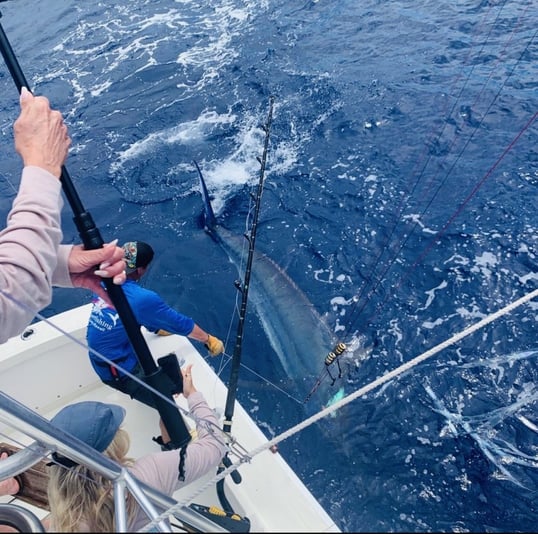
Giant Blue Marlin.
Captain Shawn shimmies down the ladder, gloves up, and wrestles the fish in by the bill.
This fish was by far and away the biggest, most beautiful fish I’ve ever seen in my life. Pictures don’t do it justice.
Deep, shiny blue, streaky steel, with a bill the size of a baseball bat. This is what it’s all about.
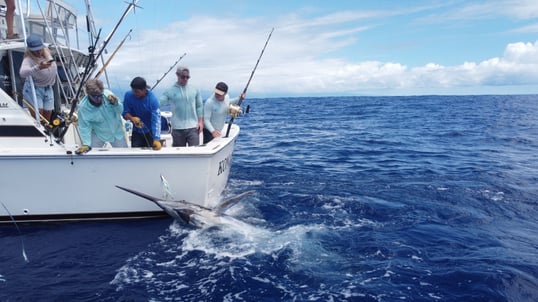
Everyone gathers up for some quick pictures as Captain Shawn keeps the marlin in the water for a healthy revival.
Blue Marlin Catch and Release
After a 40-minute fight, it's safe to say the blue had built up a ton of lactic acid. If released without revival, it’s likely the fish would go belly-up.
Captain Shawn keeps the fish down in the water by hand as water flows through its gills to oxygenate.
After a few minutes, the fish is back to its ferocious self. With a head shake that could knock you out, it swims off strong.
Quick trip recap video:
Book your trip of a lifetime with Captain Shawn right here. Mahalo and tight lines!
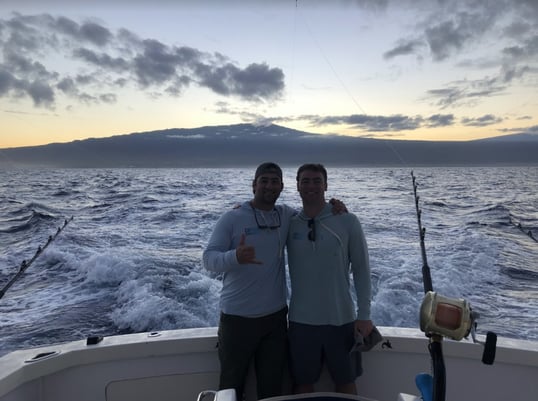
My brother (right) and me. Next one is mine!
Jonathan Newar
Updated on August 2, 2023

July 31, 2024

October 26, 2020

November 15, 2023
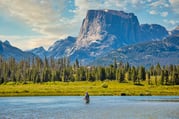
May 13, 2024
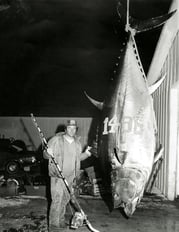
June 3, 2021
Related Articles
December 7, 2022
April 6, 2023
January 30, 2021
Featured Locations
- Fishing Charters Near Me
- Austin Fishing Guides
- Biloxi Fishing Charters
- Bradenton Fishing Charters
- Cabo San Lucas Fishing Charters
- Cancun Fishing Charters
- Cape Coral Fishing Charters
- Charleston Fishing Charters
- Clearwater Fishing Charters
- Corpus Christi Fishing Charters
- Crystal River Fishing Charters
- Dauphin Island Fishing Charters
- Daytona Beach Fishing Charters
- Destin Fishing Charters
- Fort Lauderdale Fishing Charters
- Fort Myers Fishing Charters
- Fort Walton Beach Fishing Charters
- Galveston Fishing Charters
- Gulf Shores Fishing Charters
- Hatteras Fishing Charters
- Hilton Head Fishing Charters
- Islamorada Fishing Charters
- Jacksonville Fishing Charters
- Jupiter Fishing Charters
- Key Largo Fishing Charters
- Key West Fishing Charters
- Kona Fishing Charters
- Lakeside Marblehead Fishing Charters
- Marathon Fishing Charters
- Marco Island Fishing Charters
- Miami Fishing Charters
- Montauk Fishing Charters
- Morehead City Fishing Charters
- Naples Fishing Charters
- New Orleans Fishing Charters
- New Smyrna Beach Fishing Charters
- Ocean City Fishing Charters
- Orange Beach Fishing Charters
- Panama City Beach Fishing Charters
- Pensacola Fishing Charters
- Pompano Beach Fishing Charters
- Port Aransas Fishing Charters
- Port Orange Fishing Charters
- Rockport Fishing Charters
- San Diego Fishing Charters
- San Juan Fishing Charters
- Sarasota Fishing Charters
- South Padre Island Fishing Charters
- St. Augustine Fishing Charters
- St. Petersburg Fishing Charters
- Tampa Fishing Charters
- Tarpon Springs Fishing Charters
- Venice Fishing Charters
- Virginia Beach Fishing Charters
- West Palm Beach Fishing Charters
- Wilmington Fishing Charters
- Wrightsville Beach Fishing Charters


